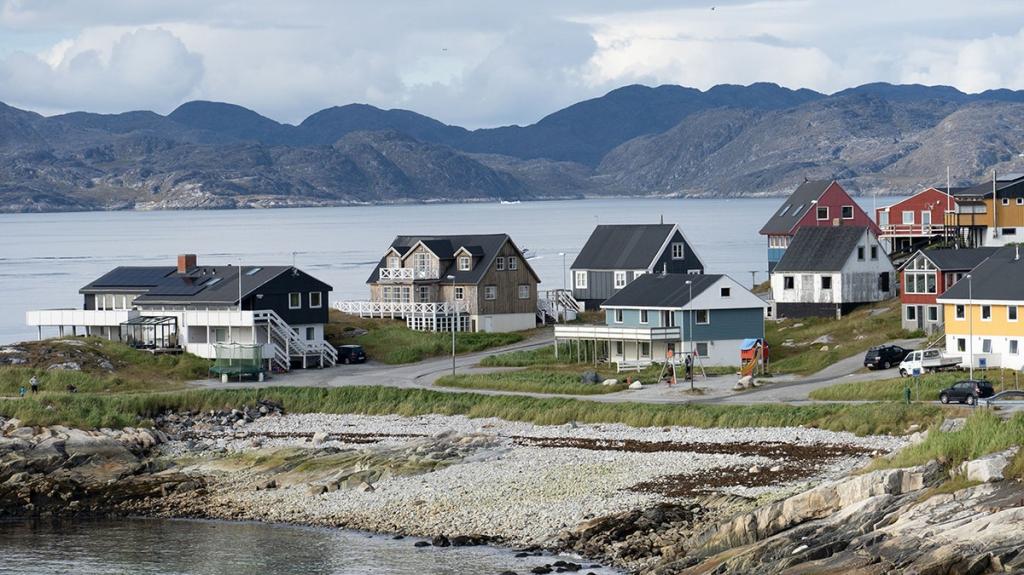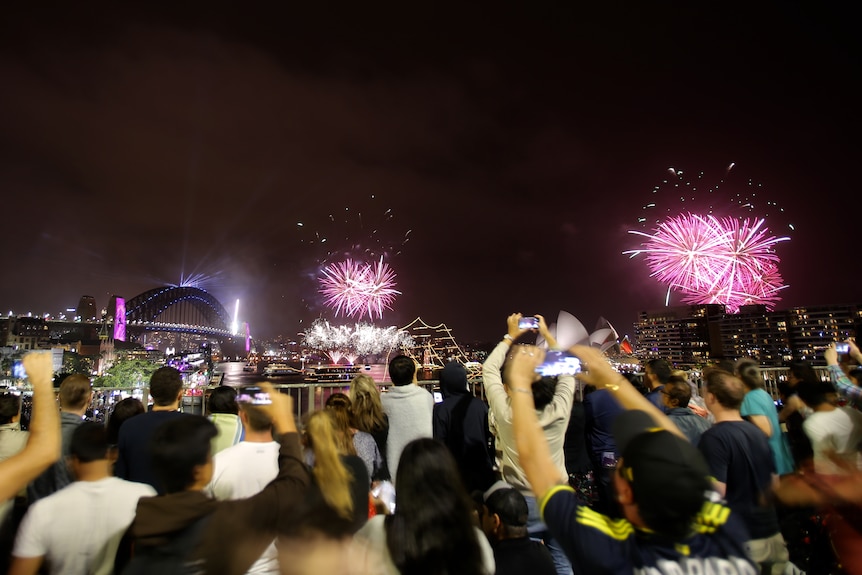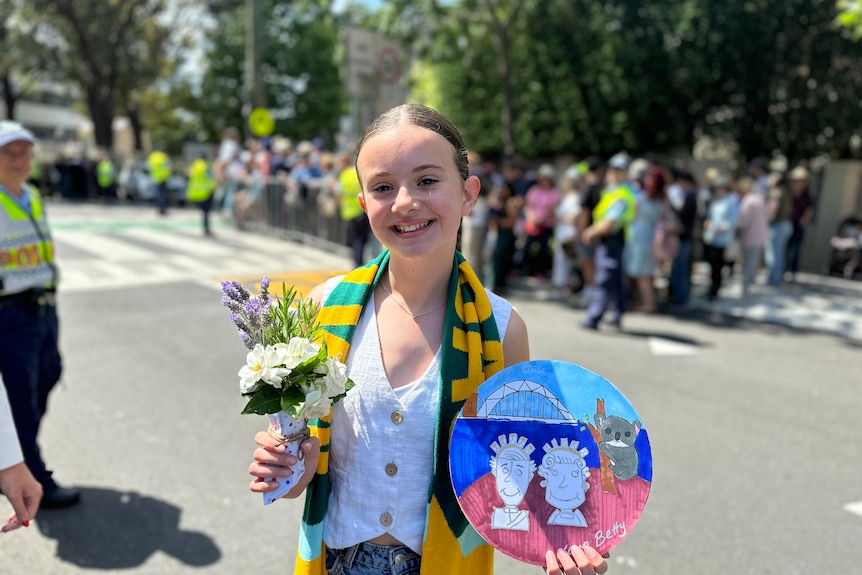Royal Visit to Australia Sparks Celebrations and Debate
Explore King Charles III and Queen Camilla's landmark visit to Australia, highlighting cultural ties and the growing push for a republic.
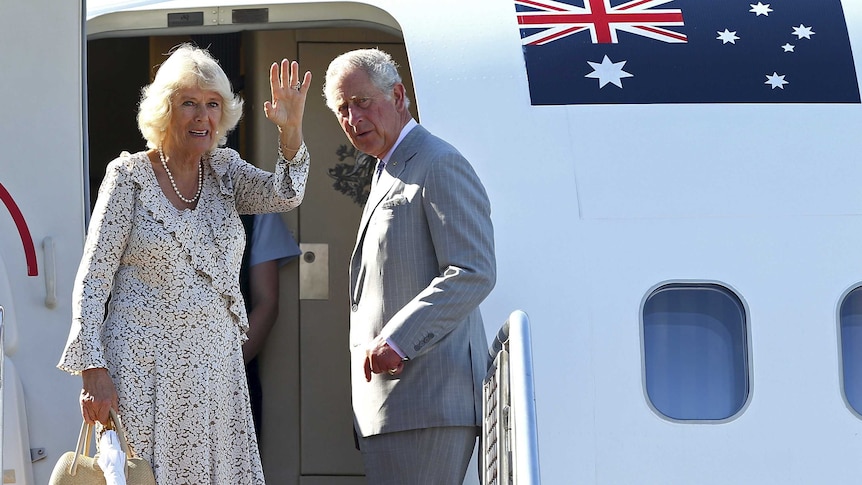
Key Points
- King Charles III
and
Queen Camilla's visit marks the first royal tour by a reigning king in Australia since 2011, emphasizing cultural appreciation.
- The tour occurs amid growing public sentiment for a republic, reflecting shifting attitudes toward the monarchy in Australia.
- Engagements during the visit include ceremonies honoring Australia’s diversity, as well as public discussions on significant health and environmental issues.
King Charles III and Queen Camilla’s recent visit to Australia has sparked a wave of enthusiasm and debate across the nation. This royal tour, their first as monarchs, comes on the heels of significant public sentiment regarding the monarchy's future in Australia. With a historical context and a contemporary backdrop of changing perspectives, this visit holds a unique significance.
Upon their arrival in
, the royal couple was warmly welcomed by dignitaries including Prime Minister
and Governor-General Sam Mostyn. This moment was particularly poignant as it marked the first visit from a reigning king to Australia since
’s tour in 2011. The couple took to social media to express their excitement: “We are really looking forward to returning to this beautiful country to celebrate the extraordinarily rich cultures and communities that make it so special”.
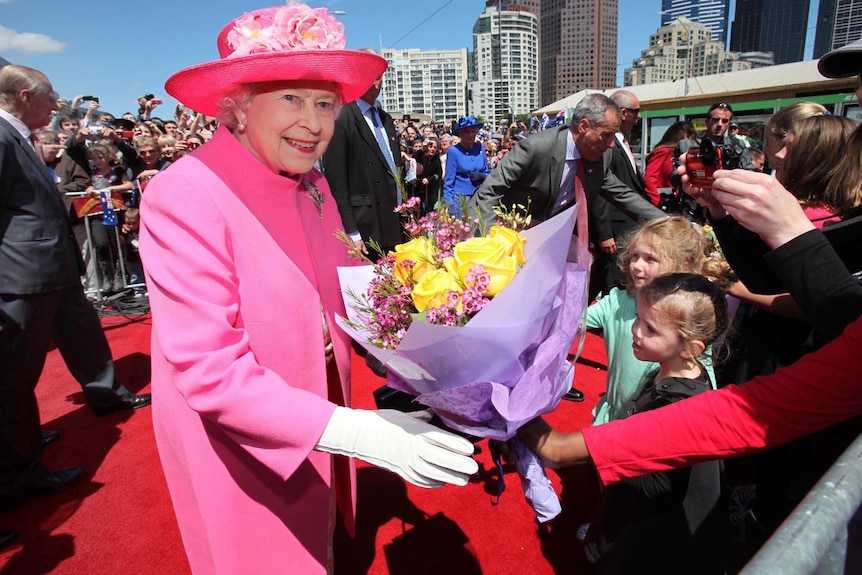
However, this visit didn’t come without its tensions. While the royal couple’s engagements included celebrating Australia’s diversity and heritage, an increasing movement advocating for the abolition of the monarchy coincided with their presence. Polls show a striking sentiment among Australians: approximately one-third support becoming a republic, suggesting that the monarchy is increasingly viewed as a relic of the past.
The royal itinerary, albeit limited due to King Charles’s ongoing cancer treatment, showcased some of Australia’s most celebrated cultural landmarks and historical sites. The couple participated in various public events, including a planned visit to the Aboriginal and Torres Strait Islander memorial, emphasizing the importance of acknowledging Australia’s First Nations peoples and their cultures.
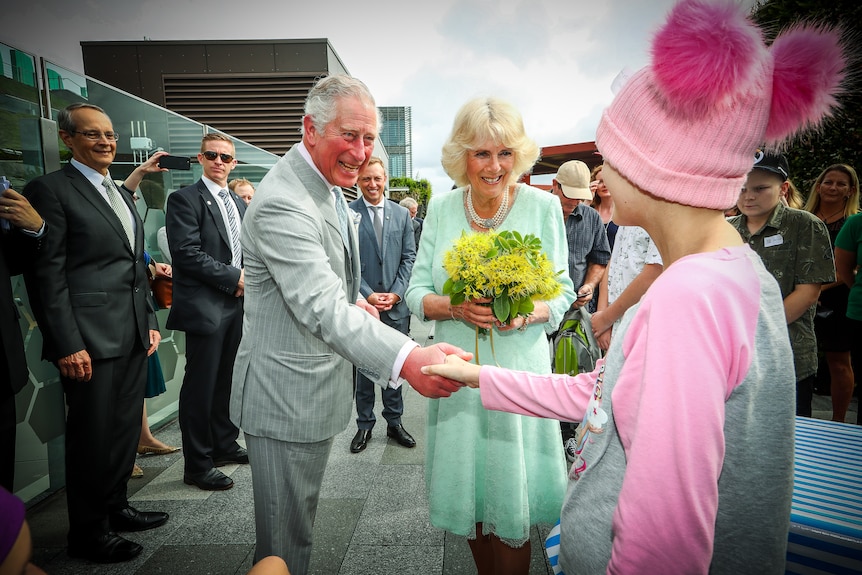
Despite the warm receptions, some attendees expressed mixed feelings. Local restaurant owner Venietta Slama noted that Kirribilli, the area surrounding the governor-general's residence, felt unusually quiet during the visit. “There are clearly a lot of republicans in Kirribilli because it’s very quiet. They seem to have fled”, she remarked, showcasing a divide in public sentiment that is hard to ignore. Such insights illustrate the contrast between royal fervor and the undercurrents of republican sentiment that lie beneath.
Another interesting element of the visit was the significant impact of various young Australians, such as 12-year-old Ky, who met the royals through the Make-a-Wish Foundation. This meeting highlighted an emotional connection that many Australians feel towards the monarchy, even as broader political sentiments shift.
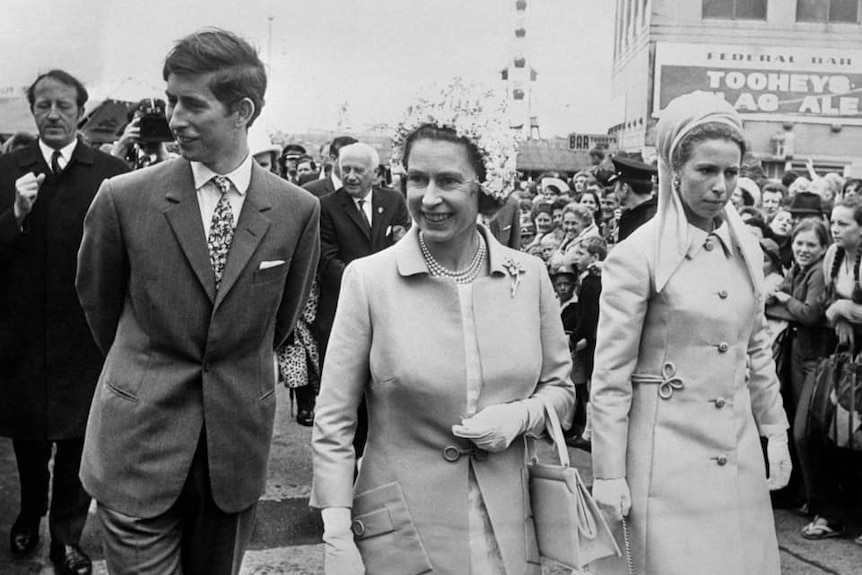
The Australian Republican Movement branded the royal visit “The Farewell Oz Tour”, signaling a pointed desire for change. Opponents of the monarchy assert that ties with the British crown should be severed, a sentiment that public figures like Prime Minister Albanese have echoed privately. Such a public discourse frames this royal tour not merely as a ceremonial observance but rather as a critical moment in Australia’s evolving identity.
As King Charles III and Queen Camilla moved through their five-day itinerary, their presence reignited crucial conversations about national identity and legacy, reinforcing both connection and contention. While the monarchy continues to symbolize tradition and continuity, the voices advocating for change reflect a generation’s desire to reshape the nation’s future, free from the shadows of colonial history.

The visit concluded with engagements planned in
, where the royals are set to meet various scientific and community leaders, further enriching the trip’s legacy. It’s evident that while the royal visit draws attention and admiration, it also serves as a vital touchpoint for discussing the future trajectory of Australia’s governance and identity. As discussions surrounding the monarchy intensify, there lies undeniable excitement in witnessing the evolving narrative of Australia—a narrative that reflects a nation ready to chart its own course.
